- Rent, Lease, or Purchase
- |
November 1, 2021
Your Guide to Shipping Container Storm Shelters
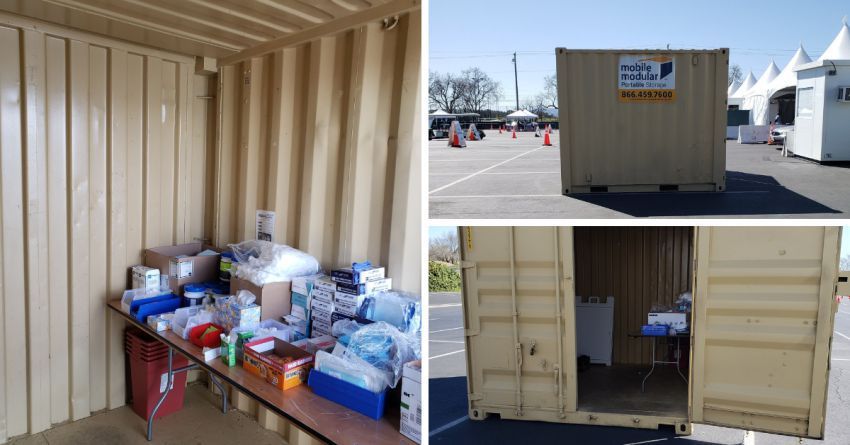
The United States experiences around

1,000 tornadoes every year. These events not only contribute to devastating property damages but the loss of life, as well. Shipping container storm shelters are an increasingly popular solution for protection against natural disasters. Check out the information below to learn more about how shipping containers can help keep you safe.
How to Build a Shipping Container Storm Shelters
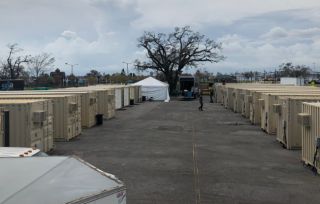
Think About Your Dimensions
Reinforce the Structure
Set Your Foundation
Set up Your Interior
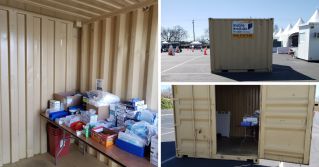
Benefits of Container Storm Shelters
Drawbacks of Container Storm Shelters
Work with Mobile Modular Portable Storage
Frequently Asked Questions
How much wind can a shipping container withstand?
According to the standards of the rigidity test, shipping container tornado shelters can withstand wind speeds of 180 mph without wavering.
Is it safe to bury a shipping container?
It is only safe to bury a shipping container if you make the appropriate modifications to its exterior. The roof will need to be reinforced to support the extra weight of the earth above. You'll also need to make sure it's insulated and airtight so that no airborne contaminants can get inside. This will also prevent mold from spreading and protect those inside from a host of respiratory issues.
How do you reinforce an underground shipping container?
Steel shipping containers are not designed to be buried. To be placed underground, they must go through several modifications. The walls and roof will have to be reinforced to prevent the pressure of the surrounding earth from damaging the container. You'll also need to lay a foundation and install a secondary door or roof hatch to transform the shipping container into a usable shelter.
How safe is a shipping container during a tornado?
A shipping container dug into the ground as a tornado shelter will be able to withstand the force of a tornado, as will most underground structures. You'll need to weld x-braces on in order to support the weight of the dirt pushing into the walls and ceiling.
Related Blogs
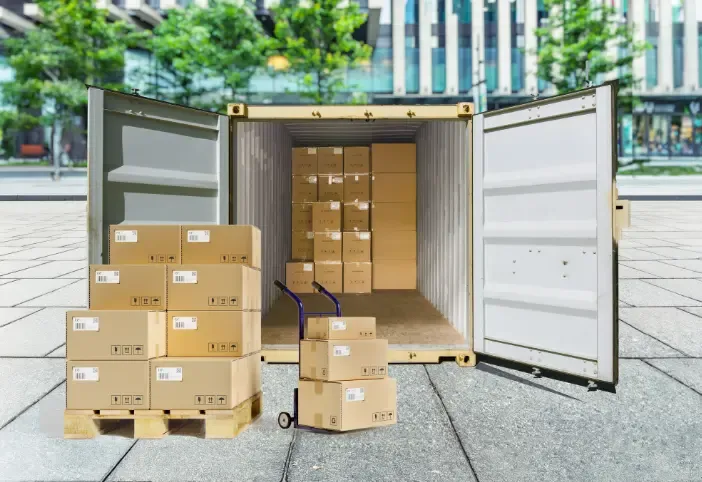
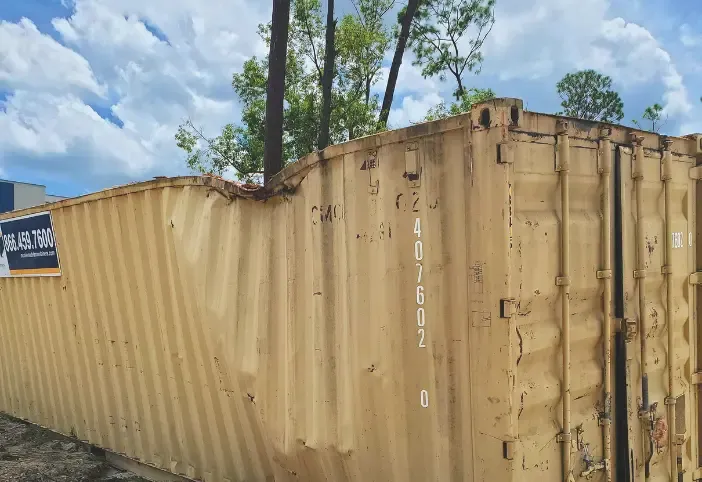
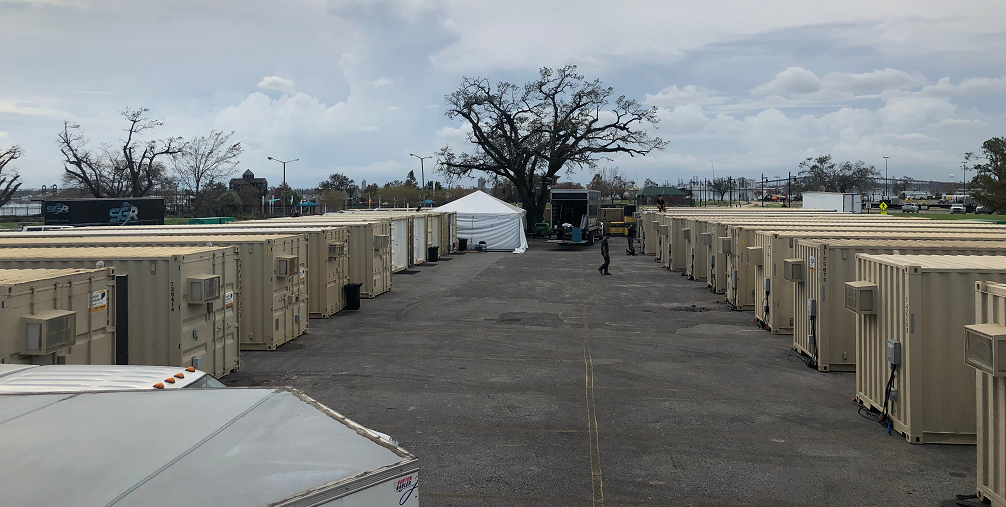
Subscribe to Our Blog
Enter your email address to subscribe to the blog and receive the notification of new posts by email.
Thank You for Subscribing to Our Blog!
Stay tuned for upcoming emails with valuable content that we hope will enhance your experience with our brand.
Both Pardot and mg360 form submissions failed.
